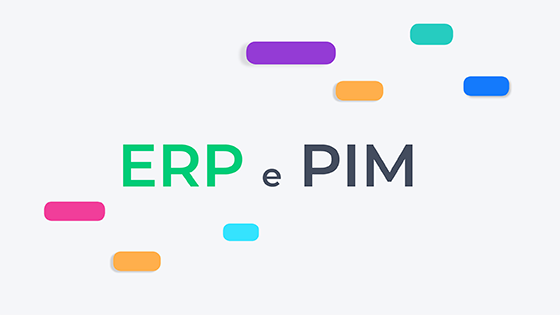ERP and PIM: how to integrate business processes and product information

Find out the difference between ERP and PIM
Many wonder which is the difference between ERP and PIM because when a company is about to evaluate a tool for organizing product data and managing business processes, it is faced with a thousand acronyms from the P.I.M. to D.A.M, C.D.M., P.D.M., P.L.M etc.
So let’s begin to clarify because they are tools that not only perform different functions but that integrate perfectly with each other, enhancing the benefits.
Definition ERP Enterprise resource planning
According to Oracle:“Enterprise resource planning (ERP) refers to a type of software thatorganizations use to manage daily business activities,
such as accounting, procurement, project management, risk management and compliance and supply chain operations. “
Definition of PIM Product Information Management
PIM stands for Product Information Management, a software that allows you to collect, organize and publish product information on the various communication and distribution channels. A single hub in which to digitize
product information, in which all teams can insert and update photos, sizes, prices, color variants, options of all kinds. A single hub where you can also have translations in all the languages you want.
ERP and PIM because they are amazing together
Have you wondered from where the PIM collects all the information about your products and the organization of your company? From the ERP which is the central system in which a company stores everything, feeds all software systems that need information and simplifies all company processes.
Be careful because often not all product information is contained in the ERP and the PIM software is essential for expanding this type of content with multimedia resources, product descriptions or marketing materials.
Other articles that
may interest you


